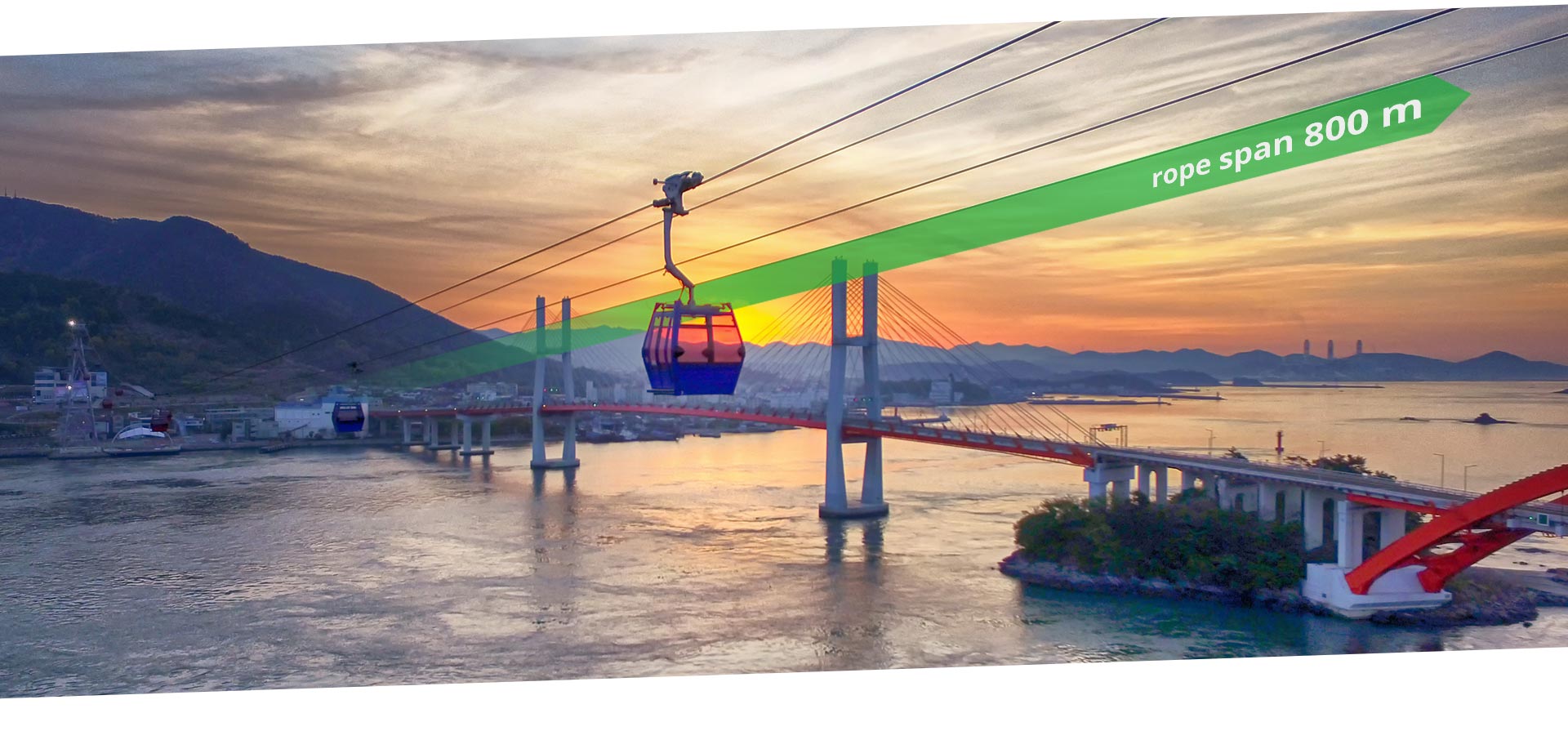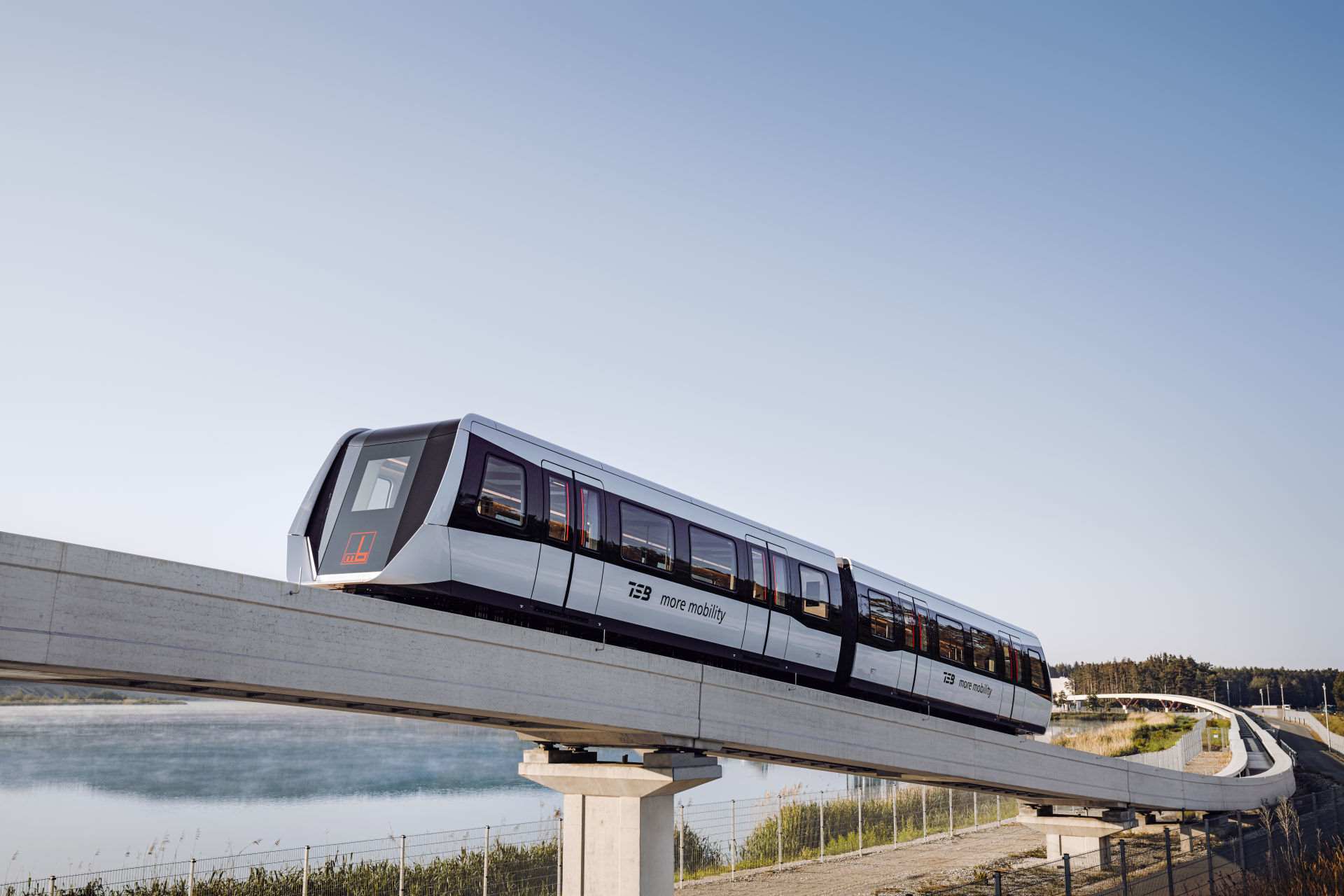
Maglev | Magnetic Levitation System
Maglev is the abbreviation for magnetic levitation system.
 Originally, the maglev technology was designed for intercity transport with the aim of being able to cover long distances at high speeds on intersection-free, elevated tracks. Recently, there have also been maglev trains designed for use in local passenger transit, with distances of up to 30 km and speeds of up to 150 km/h. This new generation of maglev trains uses short-stator linear motors, i.e. the active drive and braking elements are integrated in the vehicle and not in the guideway as in the original Transrapid maglev technology. The necessary electromechanical track equipment is limited to a reaction rail for the magnet and linear motor in the vehicle and a power rail.
Originally, the maglev technology was designed for intercity transport with the aim of being able to cover long distances at high speeds on intersection-free, elevated tracks. Recently, there have also been maglev trains designed for use in local passenger transit, with distances of up to 30 km and speeds of up to 150 km/h. This new generation of maglev trains uses short-stator linear motors, i.e. the active drive and braking elements are integrated in the vehicle and not in the guideway as in the original Transrapid maglev technology. The necessary electromechanical track equipment is limited to a reaction rail for the magnet and linear motor in the vehicle and a power rail.
Due to the lack of punctual loads and the absence of drive infrastructure along the guideway in short-stator technology, the concrete guideway infrastructure can be designed to be relatively filigree. Furthermore, due to the lack of friction, magnetic levitation trains operate practically wear-free and with extremely low noise. This makes short-stator systems a competitive alternative to conventional fully automated and intersection-free public transport systems in the third dimension, such as the monorail.
However, precision requirements for the guideway infrastructure are high. The distance between the reaction rail in the guideway and the magnet in the vehicle must be constant and in the millimeter range so that maglev systems can compete with classic wheel-track systems in terms of traction energy consumption.
The two systems installed so far in public transport have rather test character. Nevertheless, it is a technology that has a low failure rate and is completely emission-free, which could score points in urban environments. The Max Bögl company in Germany has developed a maglev train called TSB in short-stator linear motor technology for urban mass transit. The TSB has successfully completed test operation and has all the necessary approvals from the authorities for use in public transport.
Legal notice: The picture above was provided by Max Bögl. All rights reserved by them.